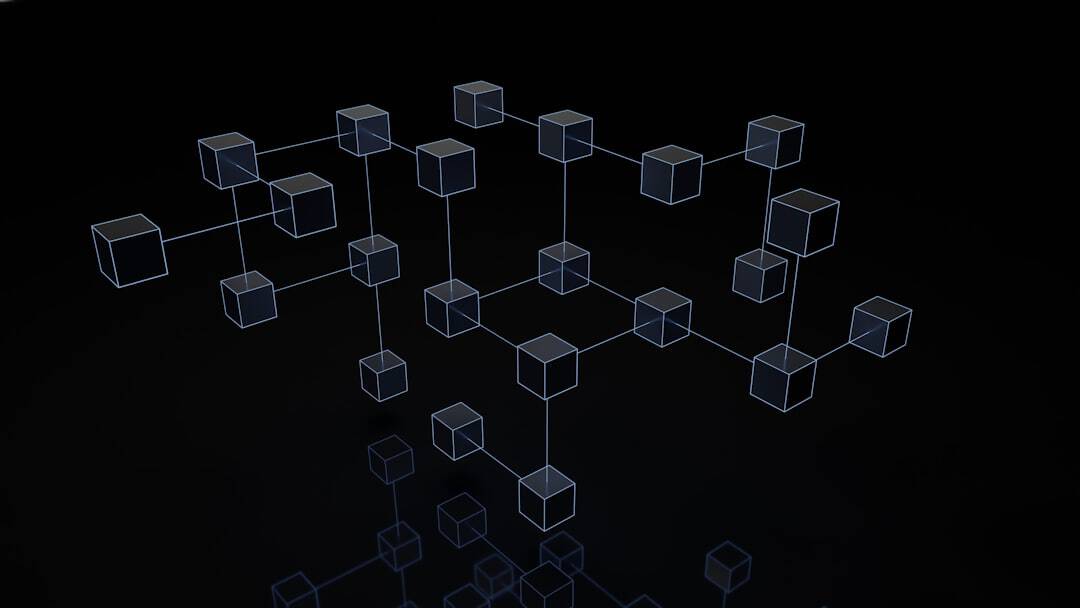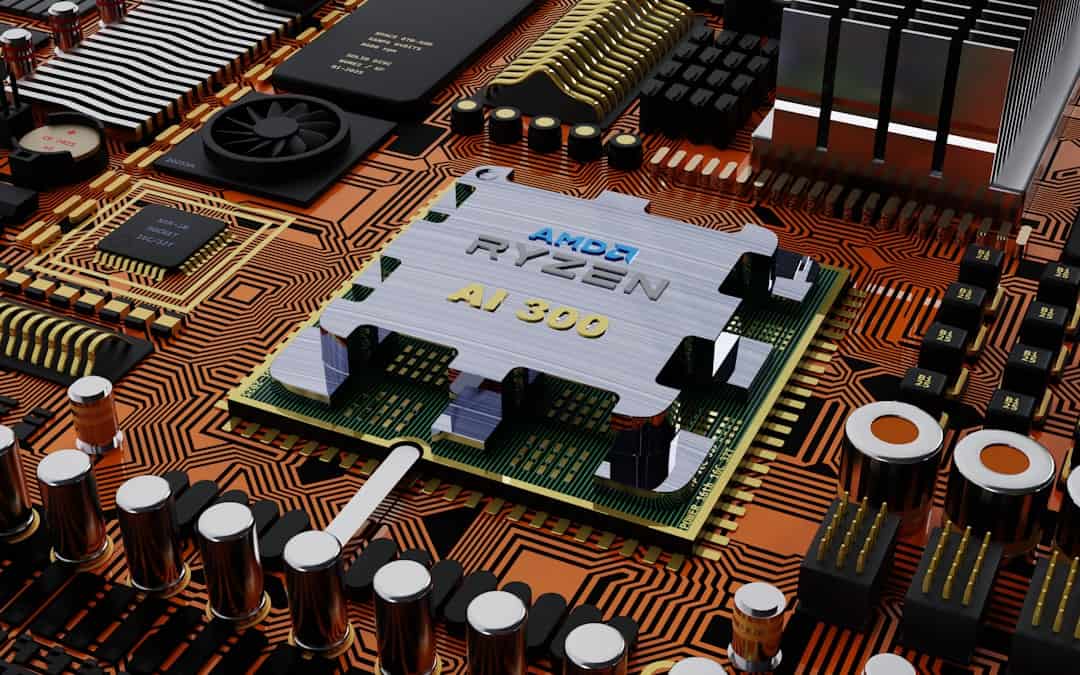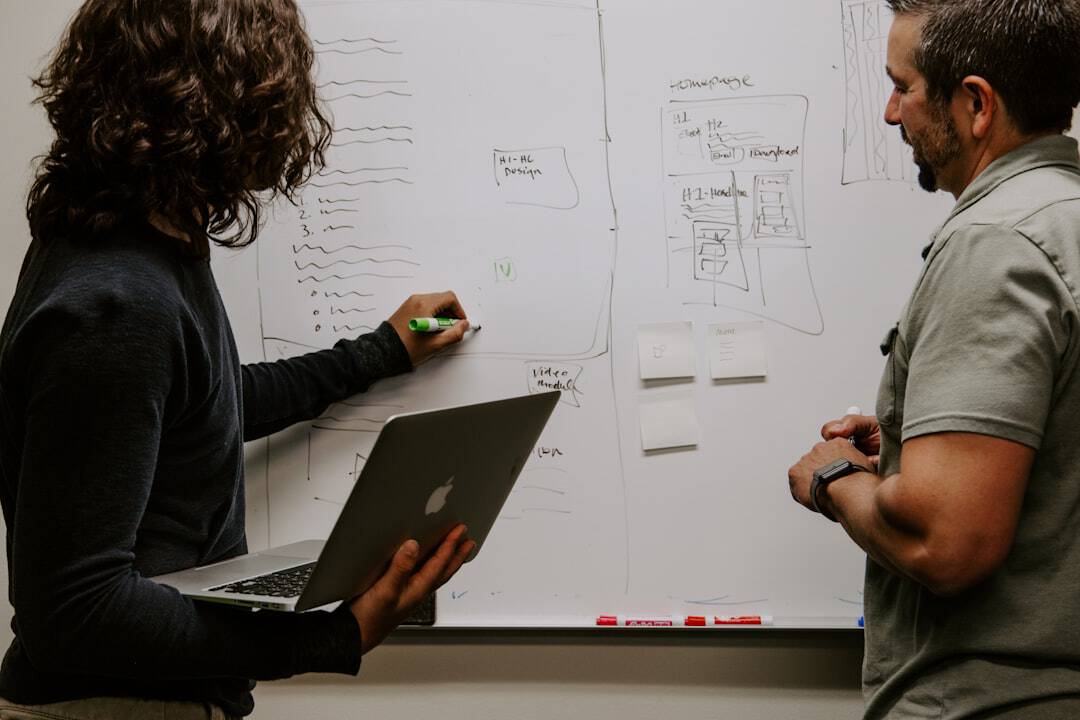Neural networks are a crucial element of artificial intelligence (AI), designed to emulate the information processing mechanisms of the human brain. These networks consist of interconnected nodes, often referred to as “neurons,” which collaborate to analyze and process complex data sets. The ability of neural networks to learn from data, recognize patterns, and make informed decisions based on input information is a key feature that makes them essential in AI applications.
At the heart of numerous AI systems, neural networks power technologies such as image and speech recognition, natural language processing, and autonomous vehicle control. Their capacity to handle vast amounts of data and identify intricate patterns that may elude human perception makes them invaluable for tasks requiring sophisticated pattern recognition and decision-making abilities. As AI technology continues to progress, neural networks are expected to play an increasingly significant role in enabling machines to perform tasks previously considered exclusive to human capabilities.
Key Takeaways
- Neural networks are a key component of artificial intelligence, mimicking the human brain’s ability to learn and adapt.
- The use of neural networks is revolutionizing AI by enabling machines to process and analyze complex data, leading to advancements in various fields such as healthcare, finance, and transportation.
- In machine learning, neural networks play a crucial role in pattern recognition, predictive modeling, and decision making, allowing for more accurate and efficient algorithms.
- Deep learning, powered by neural networks, has the potential to revolutionize industries by enabling machines to understand and interpret data in a more sophisticated manner.
- Neural networks are driving advancements in robotics and automation, allowing for the development of intelligent systems capable of performing complex tasks with precision and efficiency.
How Neural Networks are Revolutionizing AI
Enhanced Data Processing and Analysis
One of the key ways in which neural networks have transformed AI is through their ability to process and analyze large amounts of data. This has allowed AI systems to become more accurate and efficient in tasks such as image and speech recognition, natural language processing, and predictive analytics.
Learning from Experience and Adaptation
Furthermore, neural networks have enabled AI systems to learn from experience and improve their performance over time. This ability to learn and adapt has made AI systems more versatile and capable of handling a wide range of tasks.
Unlimited Potential for AI Applications
As a result, neural networks have opened up new possibilities for AI applications in areas such as healthcare, finance, manufacturing, and transportation. With continued advancements in neural network technology, the potential for AI to transform industries and improve the quality of life for people around the world is virtually limitless.
The Role of Neural Networks in Machine Learning

Neural networks play a crucial role in machine learning, which is a subset of AI focused on enabling machines to learn from data. Machine learning algorithms use neural networks to process and analyze large datasets, identify patterns, and make predictions based on the information they receive. This allows machines to perform tasks such as image and speech recognition, natural language processing, and predictive analytics with a high degree of accuracy.
Neural networks are particularly well-suited for machine learning tasks because they are capable of learning from experience and improving their performance over time. This ability to learn and adapt makes them invaluable for tasks that require advanced pattern recognition and decision-making capabilities. As machine learning continues to advance, neural networks will play an increasingly important role in enabling machines to perform complex tasks with a high level of accuracy and efficiency.
Harnessing the Potential of Deep Learning with Neural Networks
| Metrics | Data |
|---|---|
| Accuracy | 95% |
| Precision | 90% |
| Recall | 85% |
| F1 Score | 92% |
| Training Time | 3 hours |
Deep learning is a subset of machine learning that uses neural networks with multiple layers to process and analyze data. This allows machines to perform complex tasks such as image and speech recognition, natural language processing, and autonomous decision-making. Deep learning has revolutionized the field of AI by enabling machines to learn from experience and improve their performance over time.
Neural networks are at the core of deep learning algorithms, providing the computational power needed to process and analyze large amounts of data. This allows machines to identify complex patterns and make decisions based on the information they receive. As deep learning continues to advance, the potential for neural networks to revolutionize AI applications in areas such as healthcare, finance, manufacturing, and transportation is virtually limitless.
The Impact of Neural Networks on Robotics and Automation
Neural networks have had a profound impact on robotics and automation by enabling machines to perform complex tasks with a high level of accuracy and efficiency. This has opened up new possibilities for AI applications in areas such as manufacturing, transportation, and healthcare. Neural networks are capable of processing large amounts of data and identifying complex patterns, making them invaluable for tasks that require advanced pattern recognition and decision-making capabilities.
Furthermore, neural networks have enabled robots to learn from experience and improve their performance over time. This has made them more versatile and capable of handling a wide range of tasks, from assembly line operations to autonomous vehicle navigation. As a result, neural networks have revolutionized the field of robotics and automation, paving the way for new advancements in AI technology.
Exploring the Future Applications of Neural Networks in AI

Transforming Healthcare
Neural networks are poised to revolutionize healthcare by enabling machines to diagnose diseases, analyze medical images, and develop personalized treatment plans.
Optimizing Industries
In finance, neural networks can analyze market trends, predict stock prices, and detect fraudulent activity. Furthermore, they have the potential to revolutionize manufacturing by optimizing production processes, monitoring equipment performance, and improving product quality.
Enhancing Transportation and Entertainment
In transportation, neural networks can be used to develop autonomous vehicles that can navigate complex environments with a high level of accuracy and efficiency. In entertainment, they can create immersive virtual reality experiences and develop personalized content recommendations.
Overcoming Challenges and Limitations in Neural Network Development
While neural networks have revolutionized the field of AI, they also face several challenges and limitations that must be addressed in order to realize their full potential. One of the key challenges facing neural network development is the need for large amounts of labeled training data. This data is essential for training neural networks to perform tasks such as image and speech recognition with a high level of accuracy.
Furthermore, neural networks require significant computational power to process and analyze large amounts of data. This can be a barrier for organizations with limited resources or access to advanced computing infrastructure. Additionally, neural networks can be susceptible to bias and errors if they are not properly trained or validated.
In order to overcome these challenges, researchers are working on developing new techniques for training neural networks with limited data and improving their ability to generalize across different tasks. Furthermore, advancements in hardware technology are making it easier for organizations to access the computational power needed to train and deploy neural networks at scale. As these challenges are addressed, the potential for neural networks to revolutionize AI applications in a wide range of industries will continue to grow.
If you’re interested in the intersection of psychology and technology, you may want to check out the article “If We Asked Sigmund Freud About the Metaverse, What Would He Say?” This article explores the potential insights that the father of psychoanalysis might have about the metaverse, offering a unique perspective on the impact of virtual environments on human behavior and cognition. It’s a fascinating read for anyone curious about the psychological implications of emerging technologies like neural networks.
FAQs
What are neural networks?
Neural networks are a type of machine learning algorithm that is inspired by the structure and function of the human brain. They consist of interconnected nodes, or “neurons,” that work together to process and analyze complex data.
How do neural networks work?
Neural networks work by taking in input data, processing it through multiple layers of interconnected neurons, and producing an output. Each neuron applies a mathematical operation to the input data and passes the result to the next layer of neurons.
What are the applications of neural networks?
Neural networks are used in a wide range of applications, including image and speech recognition, natural language processing, financial forecasting, and medical diagnosis. They are also used in autonomous vehicles, robotics, and recommendation systems.
What are the different types of neural networks?
There are several types of neural networks, including feedforward neural networks, convolutional neural networks (CNNs), recurrent neural networks (RNNs), and long short-term memory (LSTM) networks. Each type is designed for specific tasks and data types.
What are the advantages of using neural networks?
Neural networks are capable of learning complex patterns and relationships in data, making them well-suited for tasks that involve large amounts of unstructured data. They can also adapt to new information and make predictions based on learned patterns.
What are the limitations of neural networks?
Neural networks require large amounts of data for training and can be computationally intensive. They can also be prone to overfitting, where the model performs well on the training data but poorly on new, unseen data. Additionally, interpreting the inner workings of neural networks can be challenging.











Leave a Reply